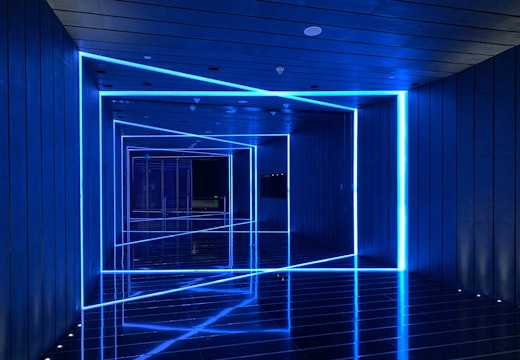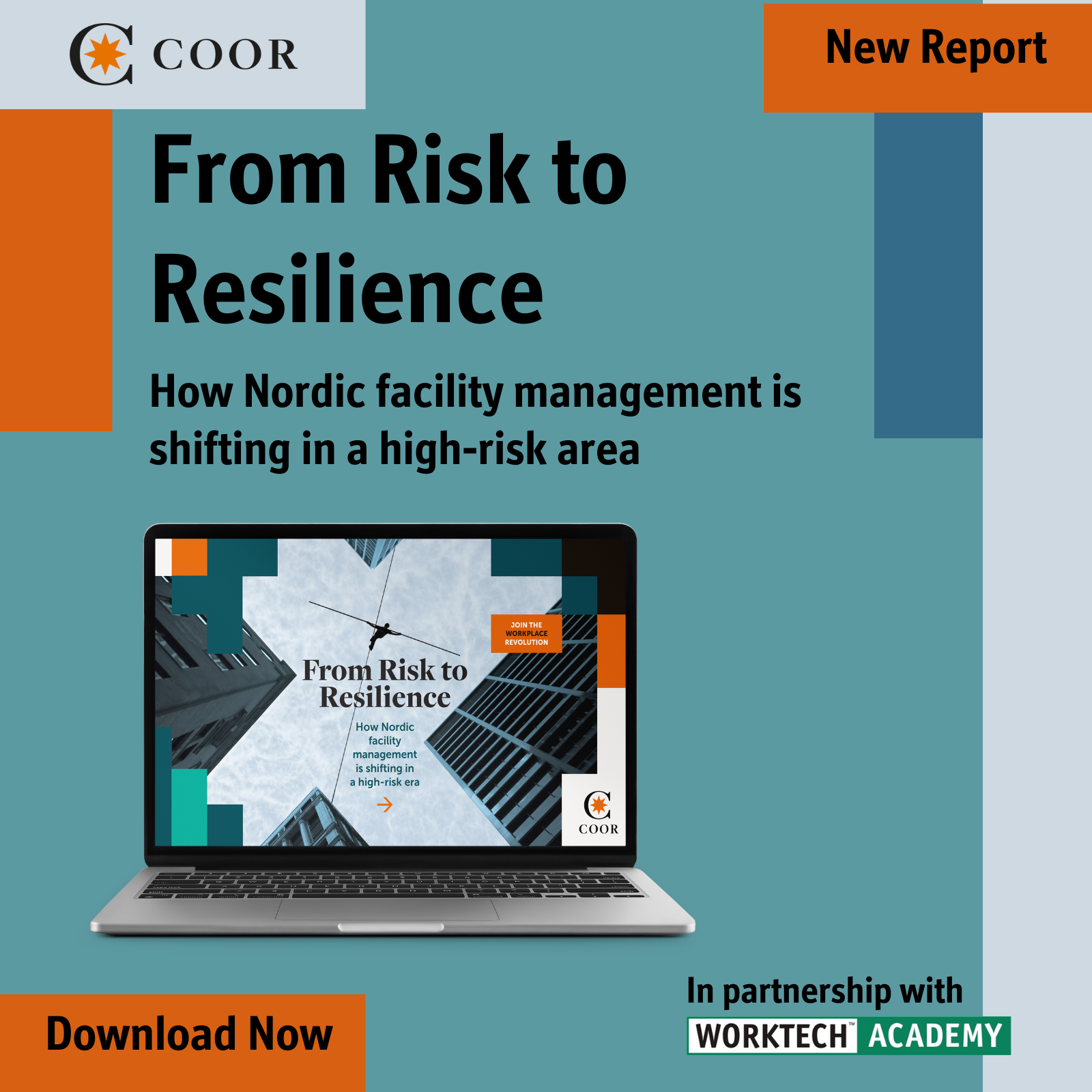Talking point: are we asking the wrong questions about smart buildings?
Landlords and developers are framing a narrative around how smart real estate works that is increasingly misaligned with the digital occupier experience. That needs to change
In the race to future-proof commercial real estate, ‘smart’ has become the headline. Smart systems, smart platforms, smart buildings. But somewhere along the way, many landlords and developers have begun asking the wrong questions — and, as a result, a narrative is building that fails to reflect the real needs of occupiers.
This misalignment isn’t just a missed opportunity. It’s a risk to the long-term value of assets and the relevance of buildings in a market increasingly shaped by digital experience and tenant expectations.
Too often, the conversation around technology starts with checklists and platforms. Which smart building system should we install? What sensors do we need for ESG reporting? How can we achieve a smart building certification?”
These are valid questions — but they’re second-tier questions. They jump ahead to the how without first considering the why. And in doing so, they treat technology as an end in itself – rather than an enabler or an evolution of something far more important: the occupier experience.
What occupiers really want
Occupiers aren’t asking for ‘smart’ buildings. They’re asking for: seamless mobile connectivity throughout the space; environmental comfort they can control; access to spaces and services through their phones; flexibility in how they use and configure space; and insight into air quality, occupancy, and energy use.
In short, they want digital utility, not digital novelty. They want spaces that respond to their needs, integrate with their working patterns, and support the hybrid, tech-enabled nature of modern work. When the occupier narrative is reduced to a spec sheet or a tech stack, we lose sight of these fundamentals.
The cost of misalignment
Buildings that are technically ‘smart’ but experientially disconnected fail to deliver long-term value. Here’s why:
- Underused tech is wasted investment. If no one uses the app, it doesn’t matter how advanced it is.
- Occupier dissatisfaction leads to churn. A building that doesn’t support hybrid work or feels digitally outdated won’t retain tenants.
- Digital retrofits cost more later. If infrastructure isn’t designed around digital needs from the start, upgrading post-occupancy becomes complex and costly.
The right questions to ask
To truly create intelligent buildings — not just ‘smart’ ones — we need to shift the narrative. Here are the questions developers and landlords should be asking.
How do our occupiers expect to digitally engage with the building? What does a frictionless, tech-enabled day in this building look like for different users? What foundational infrastructure is needed to support future digital systems, not just today’s systems? And how do we use technology to enhance flexibility, sustainability and wellbeing?
These are strategic, human-first questions. And they’re the ones that lead to meaningful solutions.
Building for digital enablement
True digital infrastructure isn’t just about installing the right devices — it’s about designing with digital enablement in mind. That means planning digital infrastructure at base build stage, not leaving it to fit out; prioritising mobile coverage and connectivity as critical utilities; designing with interoperability and data flow in mind, not silos; and creating tech frameworks that occupiers can plug into, not rip out and replace.
It also means being open to collaboration — with tenants, consultants, integrators, and even potential tech partners — early in the process.
Digital-savvy talent
There’s another angle here too: developing internal expertise. By investing in continuing professional development, lunch & learn sessions, and training around digital standards and infrastructure, landlords and developers not only deliver better buildings — they also build more capable teams.
This creates internal consistency, attracts digital-savvy talent, and positions your organisation as progressive and future-ready. That’s a competitive advantage in today’s market.
Rethink the narrative
In conclusion, we need to stop asking, ‘How do we make this building smart?’ And start asking, ‘How do we make this building digitally useful for its occupiers?’
That shift in mindset is where the real value lies — for landlords, developers and tenants alike. Because when we align technology with experience, and infrastructure with outcomes, we create buildings that don’t just tick boxes – they earn loyalty, retain tenants, and outperform expectations.








